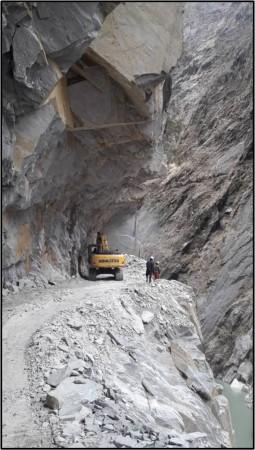Defence Minister Rajnath Singh today inaugurated the road link from Dharchula, Uttarakhand, to the Lipulekh pass, which is located at an altitude of 17,060 feet at the border between India and China. Inaugurated through video conferencing, the road linking Lipulekh pass is situated at the tri-junction along with India, Nepal, and China border. The link will greatly help the troops and logistics movements along the Line of Actual Control (LAC) facing China. Moreover, the road will provide the shortest, fastest, and most comfortable for pilgrims going to reach the holy Kailash Mansarovar in the Tibet Autonomous Region.

In an official Tweet, Singh posted, "Delighted to inaugurate the Link Road to Mansarovar Yatra today. The BRO achieved road connectivity from Dharchula to Lipulekh (China Border) known as Kailash-Mansarovar Yatra Route. Also flagged off a convoy of vehicles from Pithoragarh to Gunji through video conferencing."
Journey to Kailash Mansarovar to cut down to two days
Notably, soon after the opening of the road, the travel time to reach Lipulekh pass by the pilgrims and security forces will come down to only two days from the existing five days. As per a report in the Economic Times, the Border Road Organisation that develops and maintains road networks in India's border areas and friendly neighboring countries had completed the construction up to 5 km short of Lipulekh pass on April 17.

Army's DGMO had announced the suspension of movement on last mile connectivity in 2016 which is yet to be lifted. Work on the remaining five-kilometer of stretch is expected to start by mid-May after the snow clearance. Defence Minister also informed that as the link completes the Yatra could be completed in one week in contrast to the two to three weeks it took earlier.

Interestingly, this is the shortest route to Kailash Mansarovar, the other routes Sikkim (2,780 km) and Nepal (3,090 km) are longer, more expensive and arduous. One of the officials added, "It is the shortest and cheapest route. It is one-fifth the distance of road travel as compared to other routes."








